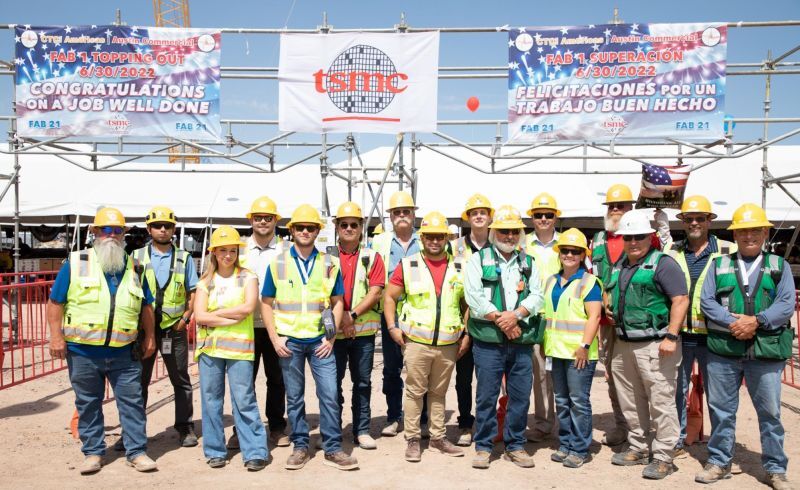@JewPizza bro what irks the US is that SMIC can able to produce a 7nm Chip ahead of Intel even with all the restriction placed to hinder its progress, now what calm the nerves and anxieties of the Americans are the TSMC FAB which will produce 5nm chips in 2024, in the mind of the US with the restriction place on EUVL sales to China, they will stay ahead, BUT as @olalavn ,@PopularScience and Mr Liang Mong Song themselves said let's wait and see, they're been researching 5nm chips and may produced it using DUVL. And IF that happen the American will blow up once more as the optics of American Exceptionalism had taken a beating again...lolPretty good video, and I agree with his conclusion that the only thing the U.S. can really do is stop ASML from selling China DUV's to stall for time. The question is how long can the U.S. stall for and would it be enough for U.S. semiconductor companies to become the new leading edge. Personally, I don't think the U.S. will fail in stalling for time.
From an excerpt in the article it say 2 generation behind the leading edge by 2024, so you get my drift. And here the author is talking nonsense, 5nm chip produce in the US will be expensive and a cheaper alternative like old node 28nm and 14nm can suffice especially in auto chips.
TSMC hopes to start production of 5nm chips in Arizona starting in 2024
, the next step is to bring in the equipment. The World's leading independent foundry hopes to start the production of 5nm chips inside the states by 2024. By the time that these components start shipping, TSMC's Taiwan fabs will be manufacturing 3nm chips with 2nm expected by 2026. The lower this process node number, the higher the transistor count for these chips. The higher the transistor count, the more powerful and energy-efficient these chips are.

TSMC celebrates the completion of the structure known as Fab 21 in Phoenix, Arizona
In other words, Fab 21 will be two process nodes behind the most cutting-edge process nodes by the time the Arizona facility starts the production of chips. That isn't terrible since many chips used in the auto industry are made using much older and mature technology and the 5nm process node is just now coming into its own for automobile manufacturing.
TSMC will start shipping 3nm chips later this year. Samsung has already started delivering 3nm chips to cryptocurrency minors using the gate-all-around transistor design that TSMC won't employ until it starts shipping 2nm product (expected by 2026).
1 day ago — TSMC celebrates the completion of the structure known as Fab 21 in Phoenix, Arizona ... PhoneArena - Phone News, Reviews and Specs.
Last edited:
